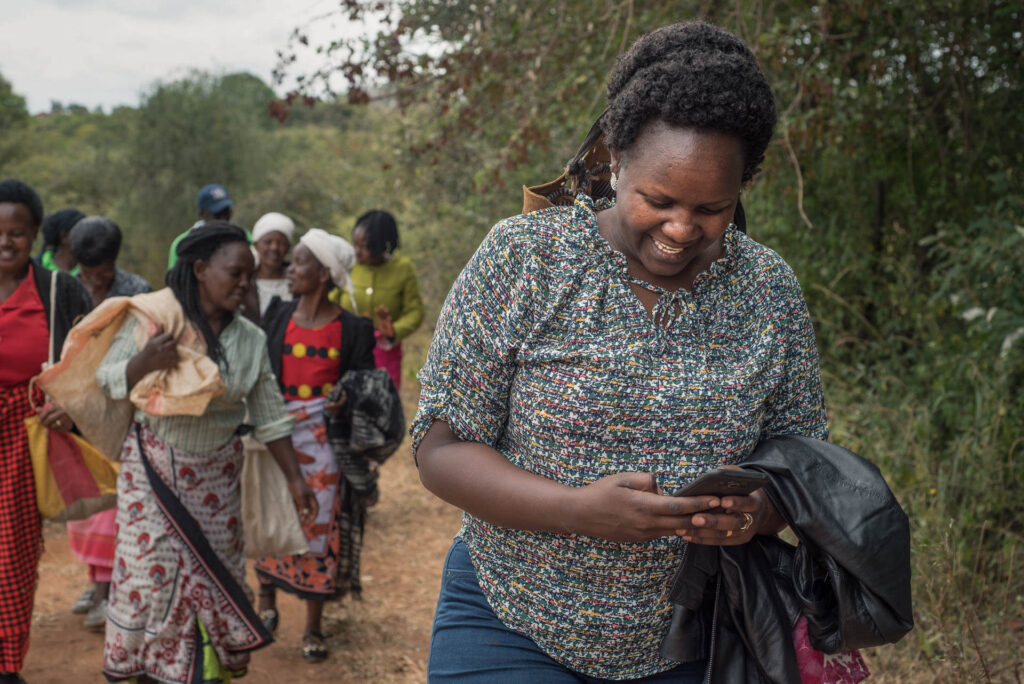
For people who struggle to get by, a financial shock is devastating. Without resources to recover, low-income consumers in emerging markets can have the course of their lives altered by one unfortunate event. Insurance can make a drastic difference for these populations. But serving these customers poses significant challenges for insurance companies — from cost-effectively reaching and educating consumers to accurately assessing and pricing risks to efficiently managing claims. Startups can play a critical role in solving those challenges with products intended to address specific risks for underserved communities, new distribution channels to reach these populations, and new streams of data to more effectively assess and price risk.
Accion Venture Lab has been excited to make its first three investments in the insurtech space this year with investments in Pula Advisors, operating across Africa, Lumkani in South Africa, and Toffee Insurance in India. These startups are doing exciting things across geographies and products — covering personal accident, health, property, life, and agriculture insurance.
Based on our recent investments and our ongoing exploration of new insurtech businesses around the world, we have identified four areas of inclusive insurance innovation that we’re particularly excited about.
- A tangible “hook” to attract customers: For the vast majority of low-income customers, insurance remains an intangible product with intangible benefits. Unlike credit, insurers ask customers to pay upfront for a product only to see the benefits days, months or years later — if ever. We’re seeing insurtech models now that, rather than relying on this traditional approach, are offering a solid hook to attract customers and provide immediate benefits in addition to the longer-term value of insurance. For example, Lumkani provides South Africans living in informal settlements with a unique bundle: insurance that protects against loss of life, shelter, and assets in the case of a fire, and an Internet of Things (IoT) heat detector that detects fires in and around homes. In addition to providing early warning, the heat detector, often proudly displayed in a home, reminds customers every day that their purchases are keeping their families safe and protected.
- Distribution models that build trust and that scale: In addition to defining a strong hook or value proposition to customers, traditional insurance models often struggle with reaching customers, educating them about the product’s benefits, and providing confidence in the overall experience. Selling insurance door-to-door is too costly for many microinsurance policies. We have seen insurtech businesses leverage existing distribution channels to piggyback on the trust of existing customer relationships. For example, Toffee in India works with retail channel partners to sell products that have a natural overlap with their insurance policies, such as commuters insurance paired with bicycle retailers. By ensuring sales channels are part of their target customers’ everyday lives, such as pharmacies where they plan to sell insurance, Toffee makes its offering accessible to a relevant customer base.
- Unique and compelling product design features: Another challenge traditional insurers face is designing relevant products for the underserved. Insurance products created for middle- or higher-income customers are not always relevant for the realities of a low-income customer who faces different circumstances and different risks from day to day. Insurtech companies can successfully understand what their customers need and reimagine how the product could be made relevant to their lives. For example, Pula uses cutting-edge technology coupled with partnerships with seed, fertilizer, and credit providers to make agricultural insurance feasible for rural farmers. Customers read about Pula’s coverage on a sticker on the bag of seed or fertilizer they’re purchasing, and then they register their unique policy via their mobile phone. Pula has designed their free coverage in a way that’s relevant for farmers. Using satellite data, Pula can provide farmers with a new bag of seed while they are still in the planting season. Doing so gives farmers another chance at a harvest.
- Backend claims automation: Ultimately, the most important part of insurance is getting a claim paid. Claim processes in emerging markets are notoriously slow and unreliable. Often customers are unaware of how to process a claim, or insurers require onerous paperwork to submit one. Once received, it can take time — something many customers don’t have. Insurtech companies are leveraging technology to automate much of the claims process, relying on agents at the relevant points in the claims journey. For example, Toffee is developing a fully digital claims experience where customers can submit and track claims on their smartphone app. Pula relies on satellite and yield data to automate claims decisions, proactively letting customers know once they qualify for a payout. Lumkani’s heat detector informs the company of a possible fire and sends one of its agents within a day to investigate and support a customer through the claim.
We’re seeing incredible innovations in insurance, similar to what we saw in the lending space just a few years ago. From acquisition to underwriting to customer engagement, insurtech companies have a real opportunity to increase access and improve the quality of this critical financial service.